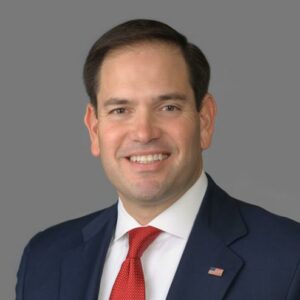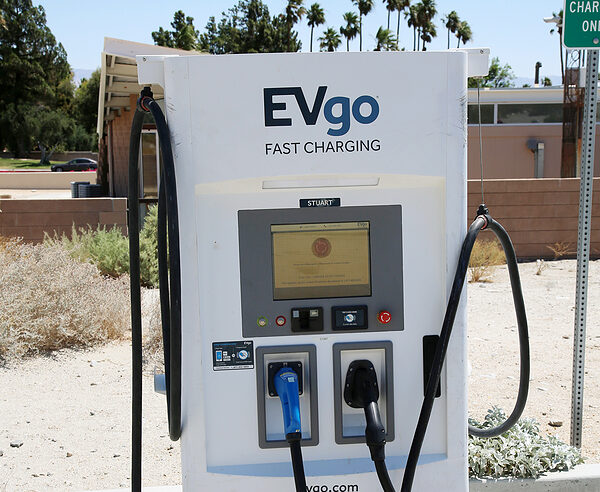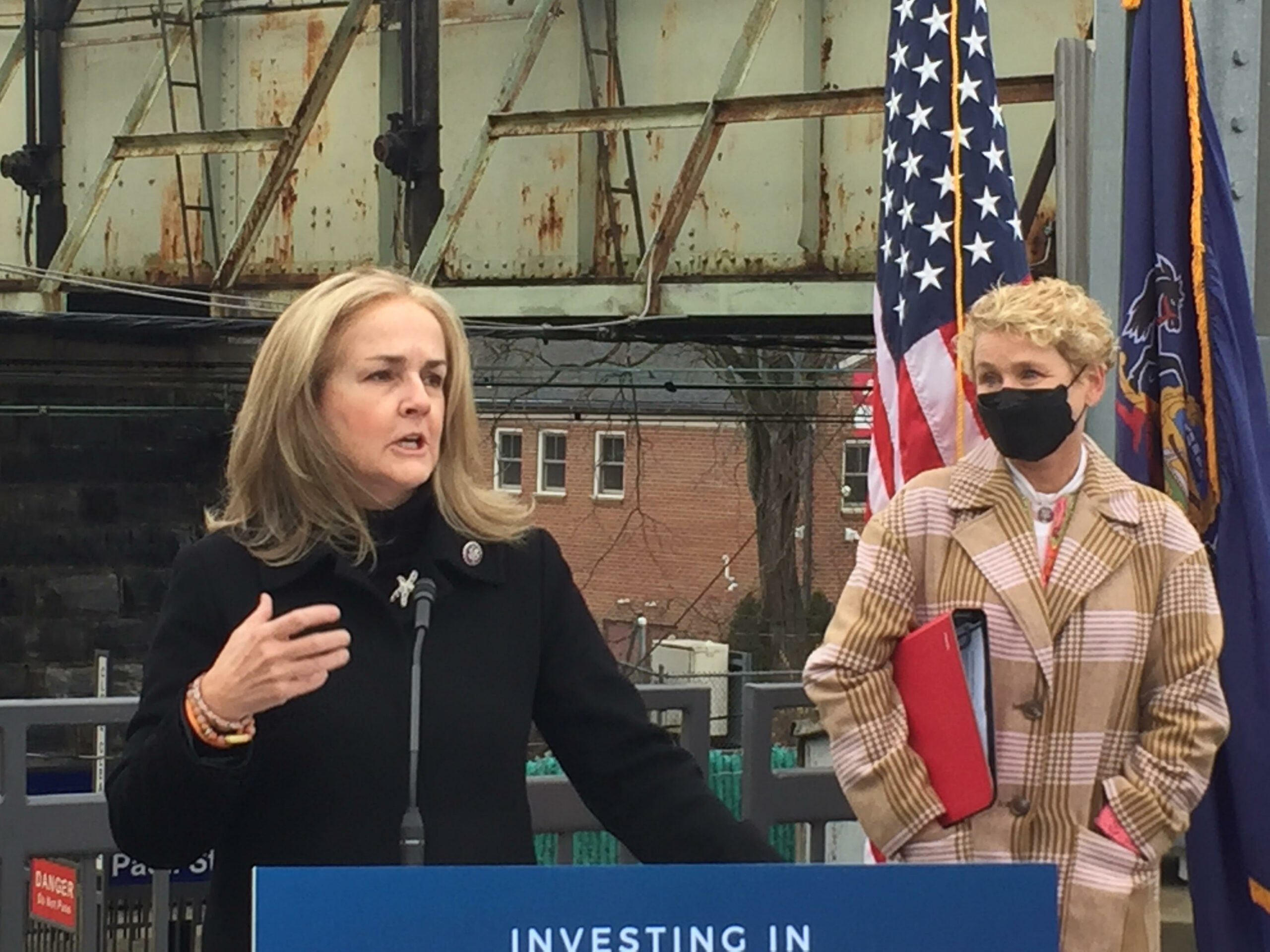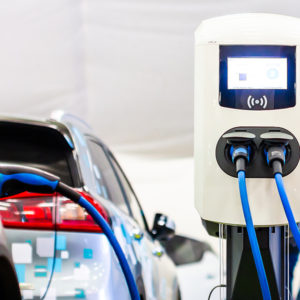PA Could Be Sitting on Lithium Goldmine. Will Kamala Harris Shut It Down?

New research shows wastewater from fracking operations in the Marcellus Shale could hold a goldmine of a mineral critical to America’s green energy future.
A PhD student at the University of Pittsburgh working with the U.S. Department of Energy’s National Energy Technology Lab (NETL) found Marcellus Shale wastewater contained amounts of lithium similar to that found in brine ponds in Chile, which is one of the top producers of the mineral in the world.
Without lithium, electric cars don’t have batteries, nor do the myriad devices that are integral to U.S. society and its economy. U.S. consumption of lithium has skyrocketed over the last decade as the push to shift away from coal and natural gas and into electrification of the nation’s grid has taken hold.
The NETL study estimated there’s enough lithium that could be extracted from the Marcellus Shale wastewater to provide nearly 40 percent of the domestic demand for the mineral.
In 2010, the U.S. consumed 1,100 metric tons of lithium, according to Statista. By 2022, that was up to more than 3,000 metric tons being used to power rechargeable batteries for mobile phones, laptops, digital cameras, and electric vehicles.
“NETL is searching for unconventional sources (non-typical sources such as a traditional mine) for lithium and other critical minerals,” lead researcher Justin Mackey told DVJournal. “This study highlights the potential from one type of lithium source, in one area of the U.S. So, this study shows that given the right extraction method, Marcellus wastewater can make significant contributions to the growing US lithium demand, and we anticipate an even broader impact when we incorporate other unconventional sources.”
In the 1990s, the U.S. was the largest producer of lithium. Today, that has shifted to Australia, Chile, and China, according to the World Economic Forum. Those three countries now account for more than 90 percent of all lithium. In 2010, one of the world’s richest lithium brine deposits was discovered in Salar de Atacama, Chile.
While the U.S. maintains strong relationships with Australia and Chile, the relationship with China is much more delicate. China also holds a near monopoly on processing rare earth minerals, an area also critical for cell phones, computer hard drives, electric vehicles and modern TVs.
The U.S. also relies on Russia for lithium, a nation that’s both an unreliable source and a national security threat.
Americans hoping U.S. mining will meet the demand may be disappointed without a change in policy, says National Mining Association president Rich Nolan. According to the NMA, it takes an average of 29 years in America to bring a new mine online.
“To say that the U.S. is underperforming when it comes to domestic mineral production is putting it kindly,” Nolan said. “We have the proven reserves to be a global leader in producing the full range of minerals needed for our manufacturing and energy future, but our permitting and legal systems have imposed an unacceptable three decades – on average – of impediments to that potential.
“Given the urgent global mineral demand, and China’s determination to only tighten its stranglehold on mineral supply chains, we must do better.”
Lithium from fracking offers an opportunity for the U.S. to “do better,” advocates say, but there may be a new obstacle on the political horizon:
Vice President Kamala Harris.
Harris, who is almost certain to be the Democratic Party’s presidential nominee, is a vocal opponent of fracking.
“There’s no question I’m in favor of banning fracking,” Harris said during a 2019 CNN town hall. She was also an initial sponsor of the Green New Deal legislation that would end fracking entirely.
Dave Callahan, president of the Marcellus Shale Coalition, highlighted the importance of a stable, steady stream of lithium.
“In addition to assuring a domestic supply of a much-needed mineral resource, NETL’s research further demonstrates the importance of investing in hydrocarbon resource development and utilization for economic and environmental progress,” he said. “Electric power, motor fuels, plastics and petrochemicals, hydrogen and now lithium are a few of the many benefits of domestic natural gas development and its ever-expanding role in providing for a more sustainable and secure energy future for our country.”
Meanwhile, Pennsylvania Republicans say that, with or without lithium mining, a fracking ban would be a fiasco.
“A fracking ban would be disastrous for workers and families, and extreme Democrats’ mission to force Biden to step aside and replace him with San Francisco radical Kamala Harris shows exactly how out of touch they are with their voters,” Republican state Rep. Rob Mercuri, who is challenging first-term incumbent U.S. Rep. Chris Deluzio in western Pennsylvania, told Fox News.
GOP U.S. Senate candidate Dave McCormick linked Harris’s anti-fracking stance to his Democratic opponent, Sen. Bob Casey, who has endorsed her.
“Their radical anti-fossil fuel agenda would be disastrous for commonwealth families, hurt the environment, and endanger our national security,” McCormick told DVJournal.
But there are still technological hurdles ahead, Mackey said.
“It’s safe to say this is still in the early stage of this type of lithium ‘mining’ and the technologies are continuously being improved and developed to meet the specific need,” Mackey said. “These methods are fairly complicated and need to be tailored to the specific chemistry of the water to be treated. As such, their effectiveness needs to be rigorously tested to make valid claims.”
Please follow DVJournal on social media: X@DVJournal or Facebook.com/DelawareValleyJournal









